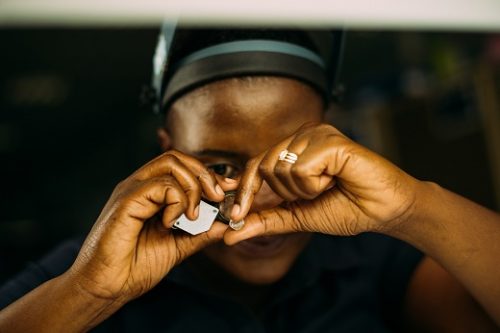
Russian miner Alrosa has suspended its membership in the Responsible Jewellery Council (RJC), both organizations announced last week.
The development came just over a month after Russia’s invasion of Ukraine. The RJC board of directors voted to accept Alrosa’s decision, the standards groups said Friday.
Alrosa exited the RJC board in early March, but remained a member of the organization. RJC received criticism for not removing the company: Last week, luxury group Richemont and jeweler Pandora both stood down from the organization in protest, while RJC executive director Iris Van der Veken resigned over the issue.
The organization defended itself, noting that it was waiting for the outcome of a legal review.
“Beginning on March 3, the [RJC] board immediately began a comprehensive, third-party legal review to ensure it had the appropriate authority, within its constitutional documents, to take action,” the RJC statement continued. “The law firm selected — having concluded its own standard conflict of interest assessment — commenced their review of RJC’s governance, the board’s authorities, training modules and many other documents and processes.”
Sanctions by the US and UK governments during February and March complicated the situation and delayed completion of the review, the RJC explained. The board received the final document in the middle of last week.
“Taking any action prior to the delivery of the legal opinion would have exposed the RJC to significant legal risk,” it argued.
Alrosa — in which the Russian government owns a 33% stake — confirmed its suspension, saying it cared for the industry “as much as it cares for its mining communities.”
The company “believes in the diamond industry and the people who work to make it great all over the globe,” the statement continued. “We are one of the major contributors to the sustainable development of this industry. We will continue to uphold our highest standards of responsible business conduct and business ethics that are an integral part of our culture and principles.”
Source: diamonds.net









